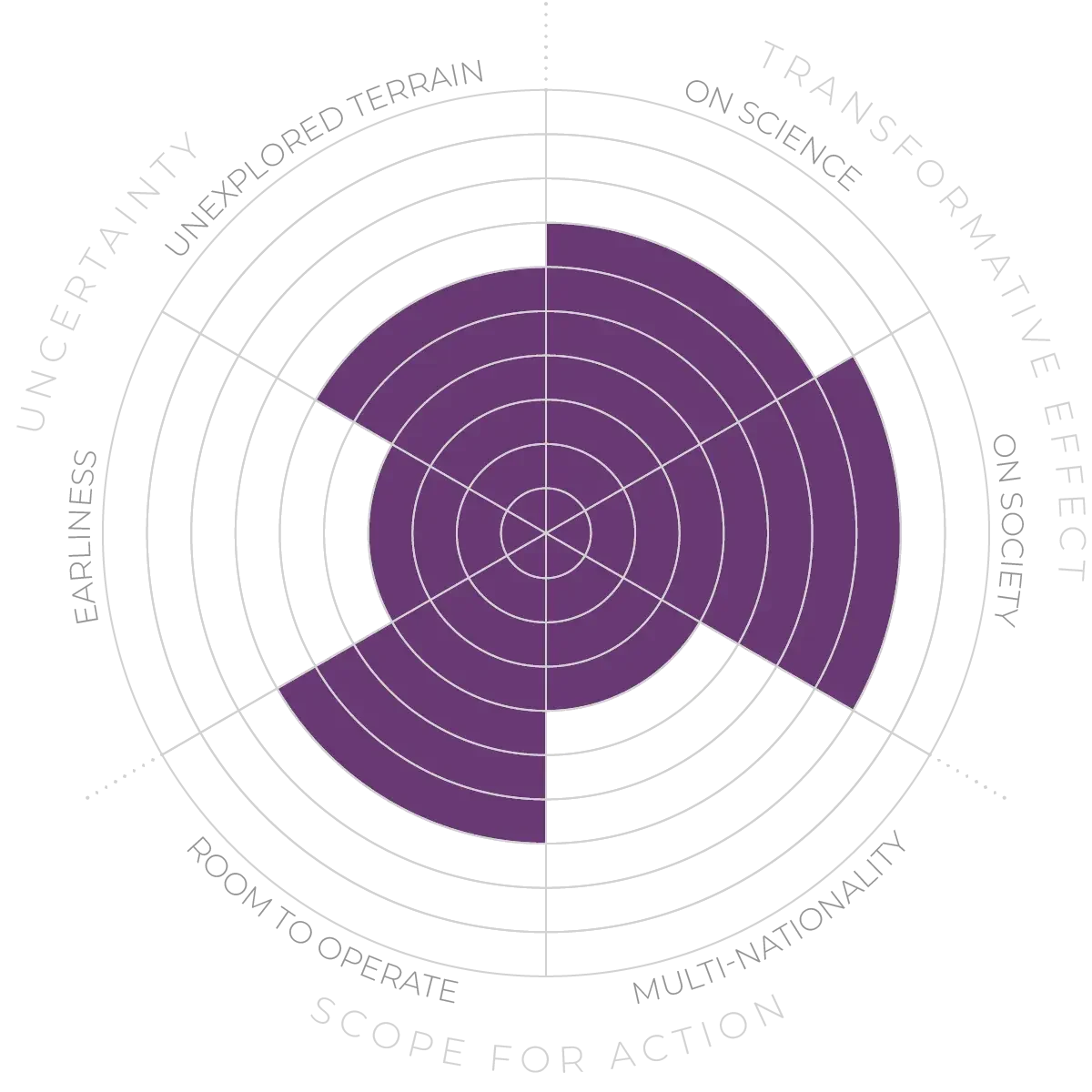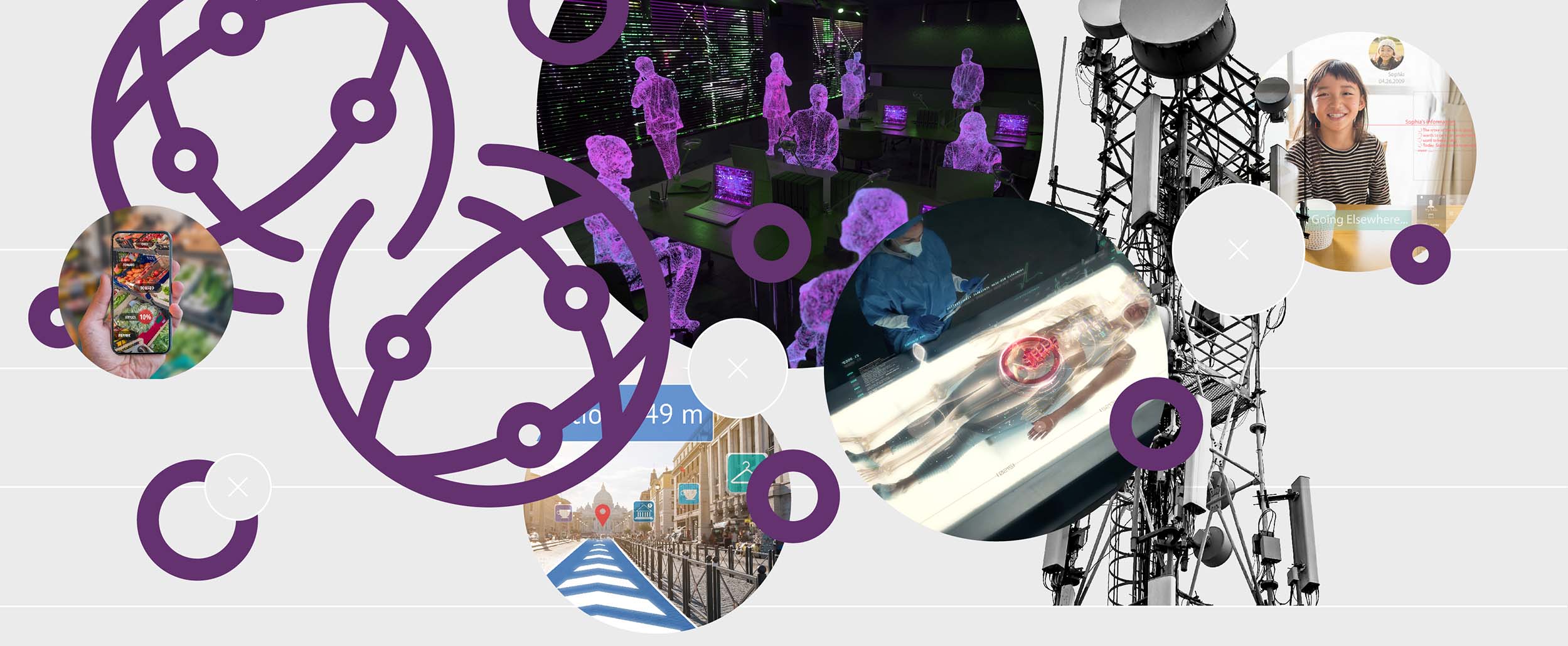Future Horizons:
10-yearhorizon
High-fidelity AR experiences transmitted wirelessly
25-yearhorizon
Era of the open metaverse begins
There are likely to be multiple competing platforms providing access to AR, analogous to different operating systems for PCs and smartphones. For the full potential of AR to be realised these platforms will need to be interoperable, which will require the development of common standards for things like 3D graphics, spatial data and the physics governing virtual content25. Whether these ecosystems will be open or closed remains unclear, but could have significant implications for the development of the technology26.
Platforms will also have to address tricky questions around what elements of AR should be shared experiences and what should be controlled by users. The diversity of content that AR enables will also require innovations in moderation algorithms and technologies27.
AR platforms - Anticipation Scores
The Anticipation Potential of a research field is determined by the capacity for impactful action in the present, considering possible future transformative breakthroughs in a field over a 25-year outlook. A field with a high Anticipation Potential, therefore, combines the potential range of future transformative possibilities engendered by a research area with a wide field of opportunities for action in the present. We asked researchers in the field to anticipate:
- The uncertainty related to future science breakthroughs in the field
- The transformative effect anticipated breakthroughs may have on research and society
- The scope for action in the present in relation to anticipated breakthroughs.
This chart represents a summary of their responses to each of these elements, which when combined, provide the Anticipation Potential for the topic. See methodology for more information.



